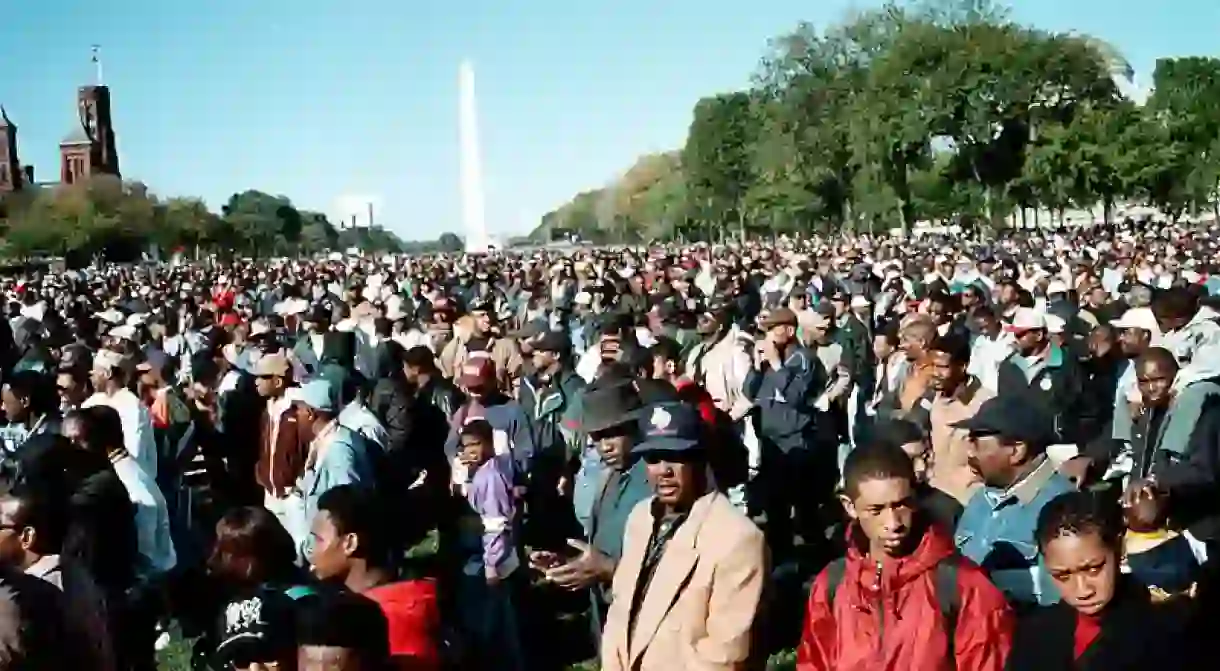A Brief History of Protests in Washington DC

As America gained a new president, Washington DC got a new resident. Since they couldn’t toilet paper his lawn and throw eggs at the glamorous White House, Washingtonians resorted to what they do best, showing a bit of democracy the old-fashioned way. Because what is America, democracy, and the capital of the nation about if not protests, rallies, and marches that show the nation’s sorrow, joy, or fear? The National Mall and backdrop of memorials is ideal for housing thousands of people who want to express their opinions and has been used for decades as a stomping ground for everyone from hippies and aggravators to grandmas and schoolchildren.
1963 March on Washington for Jobs and Freedom

This is the famous civil rights march comprised of 250,000 people that Martin Luther King Jr. gave his famous speech: “I have a dream”.
1969 anti-Vietnam War protest

In 1967, smaller anti-Vietnam rallies were organized across America. The Vietnam War, which left thousands dead, was protested by around 600,000 people.
1981 Solidarity Day March

The spark for this rally was the 12,000 air traffic controllers that were all fired by Ronald Reagan after they went on strike to demand safer working conditions and an increased wage. About 260,000 people showed up in DC in 1981 as a response.
1987 Lesbian and Gay Rights Nation March

Also known as “the Great March”, this protest was a gathering of 200,000 people. Their aim was to stop discrimination against LGBT people and to gain federal money for the research and treatment of AIDS.
1995 Million Man March

Various sources say there was anywhere from 400,000 to 1.1 million people. Their purpose was to stand with fellow African-Americans and to unite their community.
2004 March for Women’s Lives

This pro-choice protest was one of the largest in American history, around 600,000 to 1.1 million attending.
2017 Woman’s March

Approximately 500,000 people protested in the Women’s March the day after Trump’s inauguration. An estimated 4 million appeared for sister marches in over 600 other cities, and over 60 countries on every continent marched in support, including Antartica.













